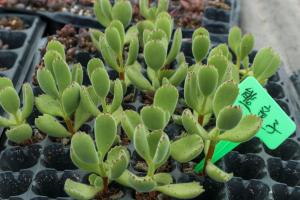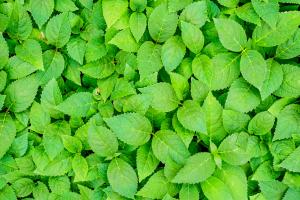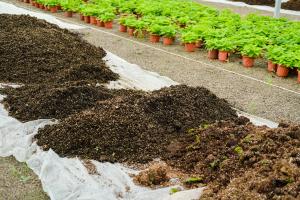1、 Cutting
Ginkgo cutting can be divided into old branch cutting and young branch cutting. The cutting of old branches is generally carried out from March to April. Select the thick branches that are 1-2 years old, cut them into 15-20 cm long cuttings, cut the bottom into horse ears, bundle 50 roots into a bundle, wash them with clean water, soak the bottom into rooting water, and then insert them into the seedbed. For softwood cutting, wait until May to June. Select the branches that have not been lignified as cuttings, with a length of two centimeters, and retain 2-4 leaves. Insert it into the basin, place it at the scattered light, and spray water properly on the leaf surface
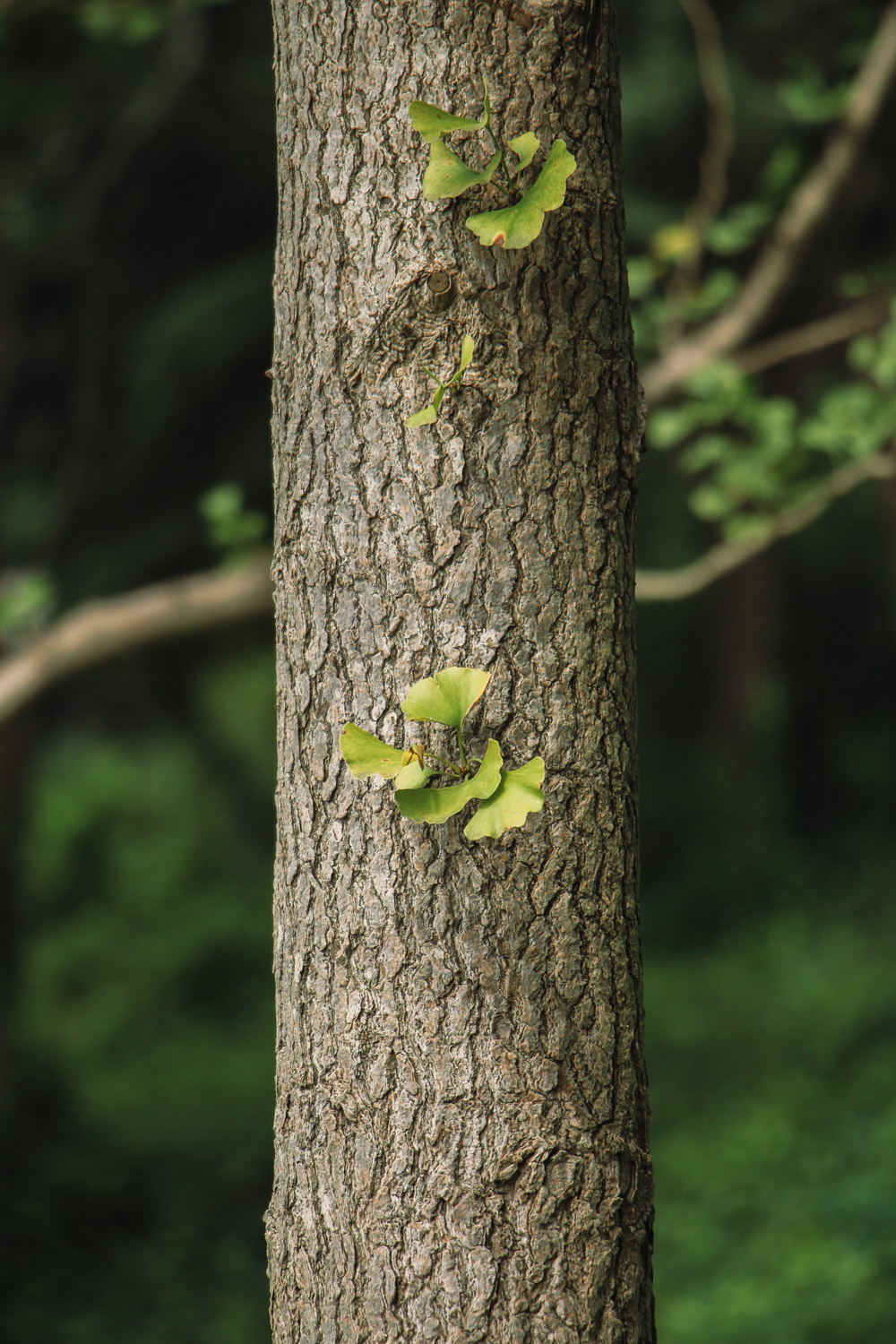
2、 Ramet
Only female ginkgo plants that have grown for many years will have sprouting tillers in the roots. If not, they can promote the reproduction of new tillers by cutting roots. Generally, from July to August of each year, girdling is carried out on the stems of the roots and tillers, and then the soil is cultivated on them. New roots will grow at the girdling place in about a month, and they can be separated and planted in the next spring
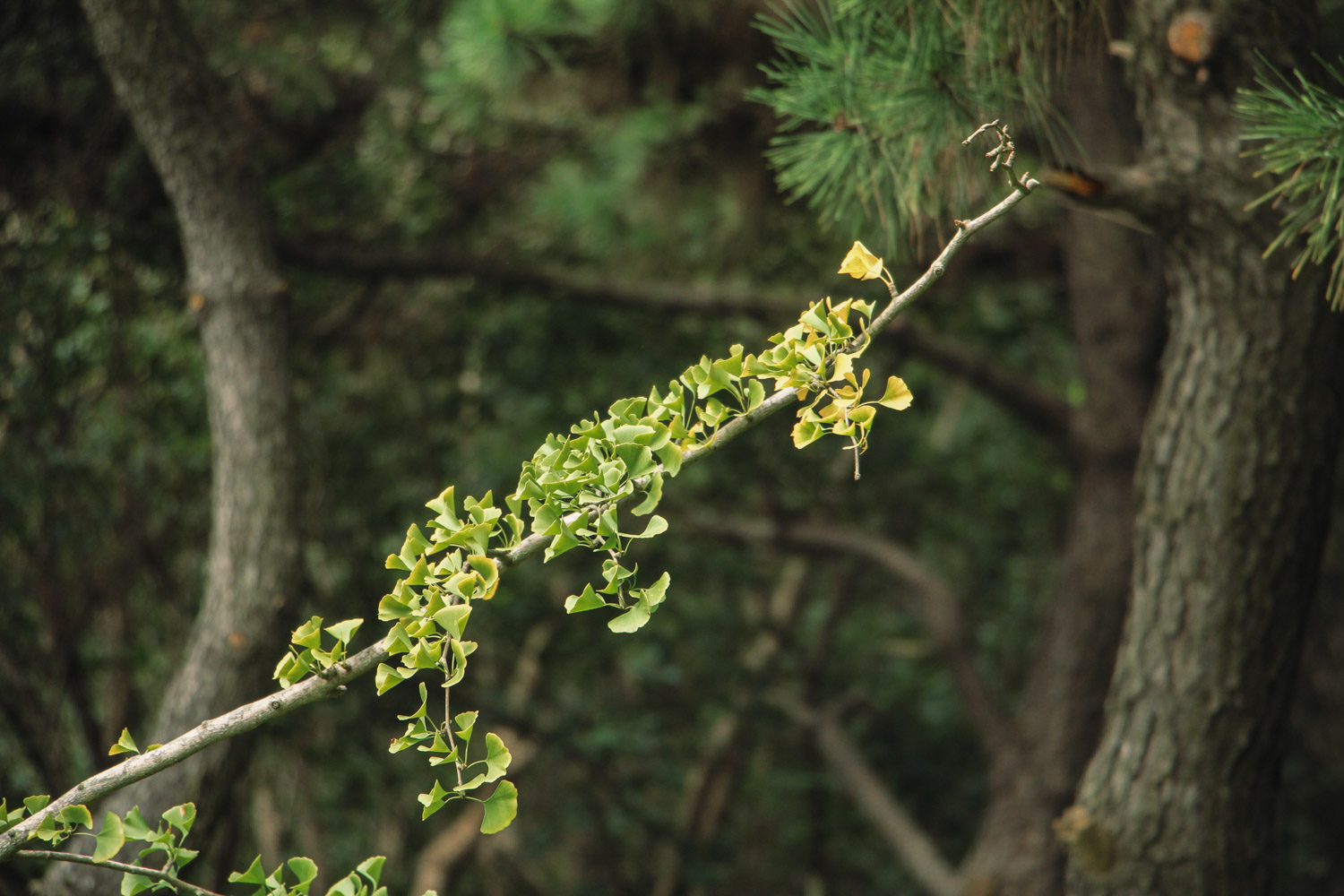
3、 Sow
After harvesting the cones, the Ginkgo biloba needs to dry each other, remove the skin and take out the seeds for planting the next spring. Generally, sowing should be in a place with high terrain and good drainage, and irrigation is also more convenient. First level the ground, apply enough base fertilizer, and turn the fertilizer into the ground. After watering the base water, put the seeds in, and the bud tip should face down
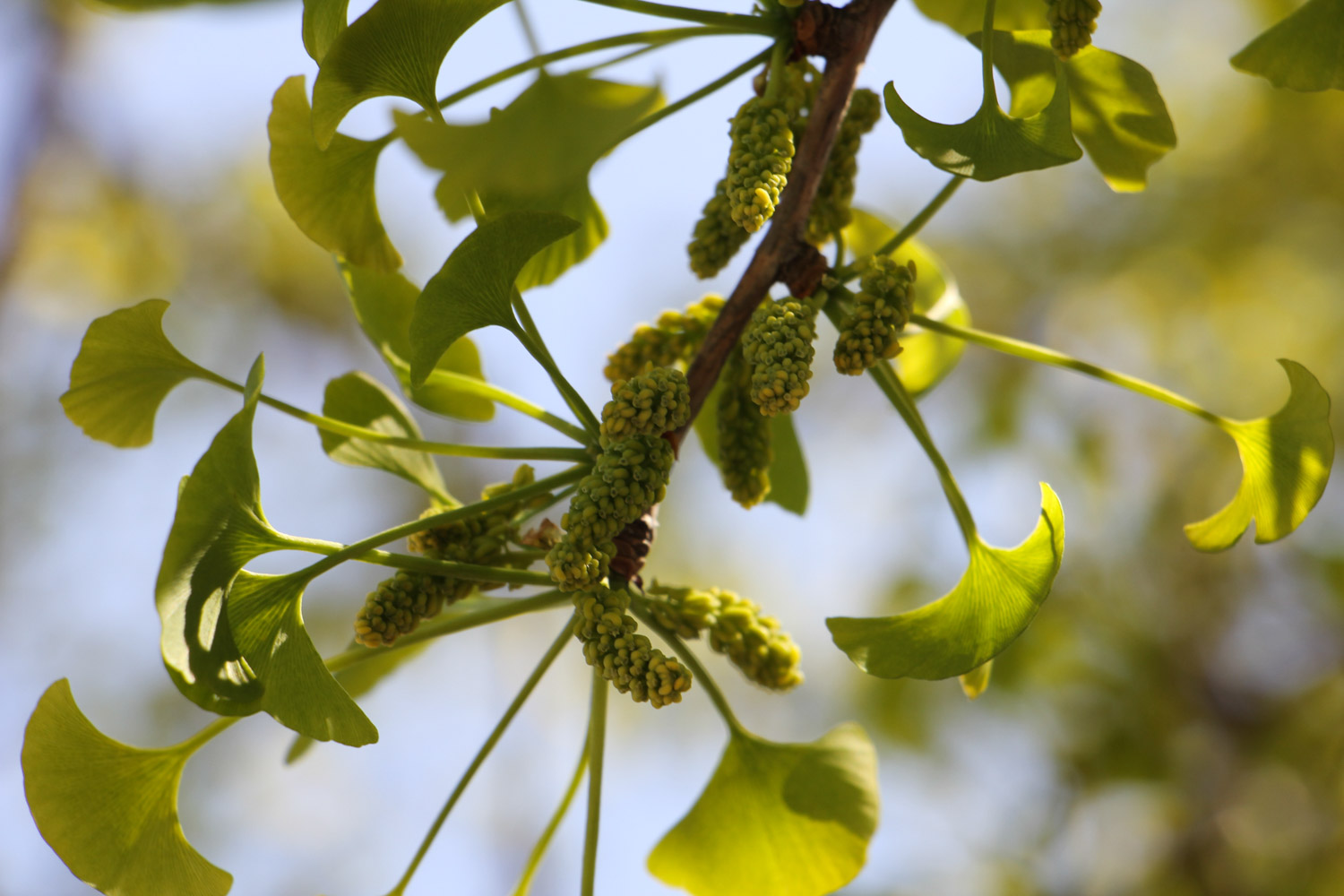
4、 Grafting
Grafting is one of the most common methods of Ginkgo reproduction. Splitting, cutting, skin grafting and budding can be selected. Take split grafting as an example, select 5-year-old young trees as rootstocks, and select strong old trees for scion, and cut 1-3-year-old thick branches. Cut the bottom of the scion into a wedge, split the rootstock from the middle, insert the scion into the split, and tie it tightly with plastic film to prevent moisture from entering

 how many times do yo...
how many times do yo... how many planted tre...
how many planted tre... how many pine trees ...
how many pine trees ... how many pecan trees...
how many pecan trees... how many plants comp...
how many plants comp... how many plants can ...
how many plants can ... how many plants and ...
how many plants and ... how many pepper plan...
how many pepper plan...

